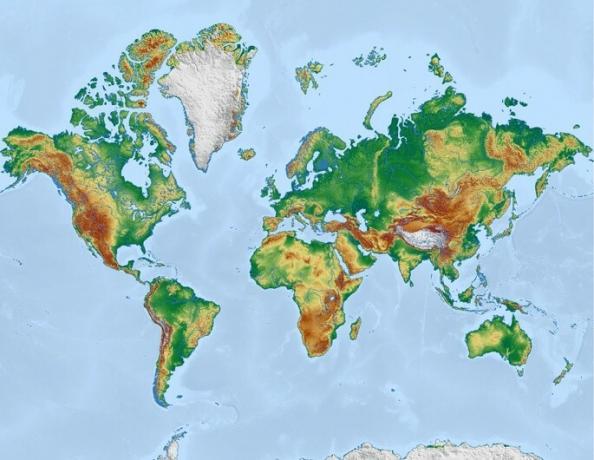Braille is a hand-reading system used by blind people around the world.
The system was created by Louis Braille, a 15-year-old boy who went blind when he was 5 years old, and consists of codes made in raised dots that combine to form words.
In addition to ensuring access to education and information, braille allows greater inclusion and autonomy for people who are blind or have low vision.
Braille alphabet

Braille system
The braille system is made up of 63 signs that combine raised dots.
These dots fill what is called a “braille cell”, which is a table made up of two columns with three lines, in which each dot can occupy a numbered space or the spaces can be empty.
The spaces on the left side, from top to bottom, are 1, 2 and 3, while the spaces on the right side, from top to bottom, are 4, 5 and 6, as shown in the image below:

Each cell can represent letters, numbers, signs and punctuation. Their combination forms the words that give rise to texts.
Braille is read in full, letter by letter, and as we know it, from left to right.
Braille is not the same in all languages, because it needs to meet the needs of each language. For example, in German, there is the letter a with an umlaut (ä), which does not exist in Portuguese.
Who created braille
Braille was created by the Frenchman Louis Braille (1809-1852), who became completely blind when he was 5 years old. It all happened after he had an accident in his left eye, while playing in his father's workshop, and a generalized infection destroyed the corneas of his eyes.
The boy was very intelligent and at the age of 10, he won a scholarship to study at the first school for the blind in the world, the Royal Institute for the Young Blind in Paris. In addition to being intelligent, Braille was very dedicated and learned a system of signals, created by a captain, which was used to transmit orders to soldiers at night, when there was no light. This signal system represented only sounds.
When he was 15 years old, Braille managed to complete a new system that, in addition to being easy to combine, allowed letters, numbers and signs to be represented. The system was named after its creator, braille.
Braille began to be officially used in France only in 1843, later expanding throughout Europe. In Brazil, braille was adopted in 1854.
Braille numbers

Read too:
LIBRAS (Brazilian Sign Language): numbers and alphabet
Bibliographic references
Brazil. Ministry of Education. Secretariat of Special Education. Braille graphics for the Portuguese language / preparation: Cerqueira, Jonir Bechara... [et al.]. Secretariat of Special Education. Brasília: SEESP, 2006.
FERNANDES, Márcia. Braille: what it is and who created it (with alphabet and numbers).All Matter, [n.d.]. Available in: https://www.todamateria.com.br/braille/. Access at:
See too
- Main types of vegetation in the world
- Endangered Animals in Brazil
- Origin of the Alphabet
- LIBRAS (Brazilian Sign Language): numbers and alphabet
- Circus History
- Standard Deviation Exercises Explained
- Exercises on operations with decimal numbers
- Exercises on Polysemy (5th and 7th year) with answers

